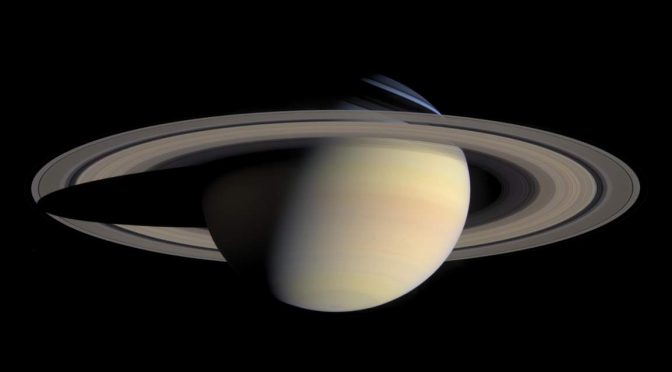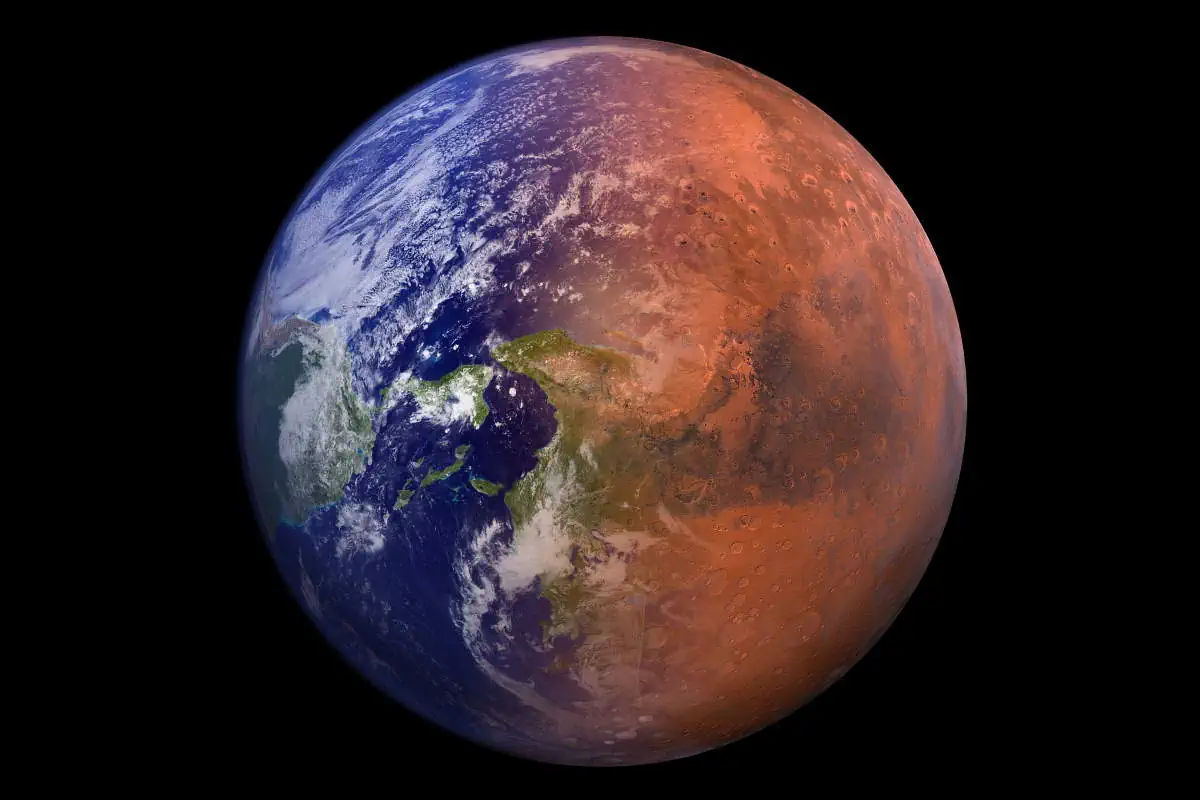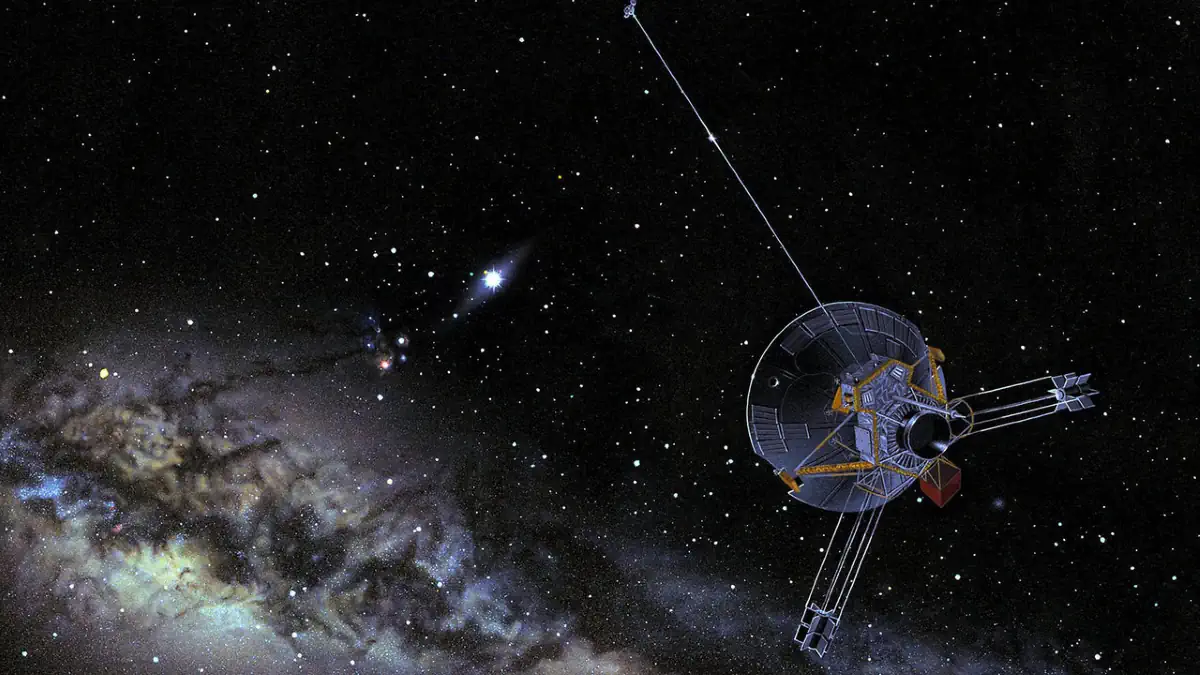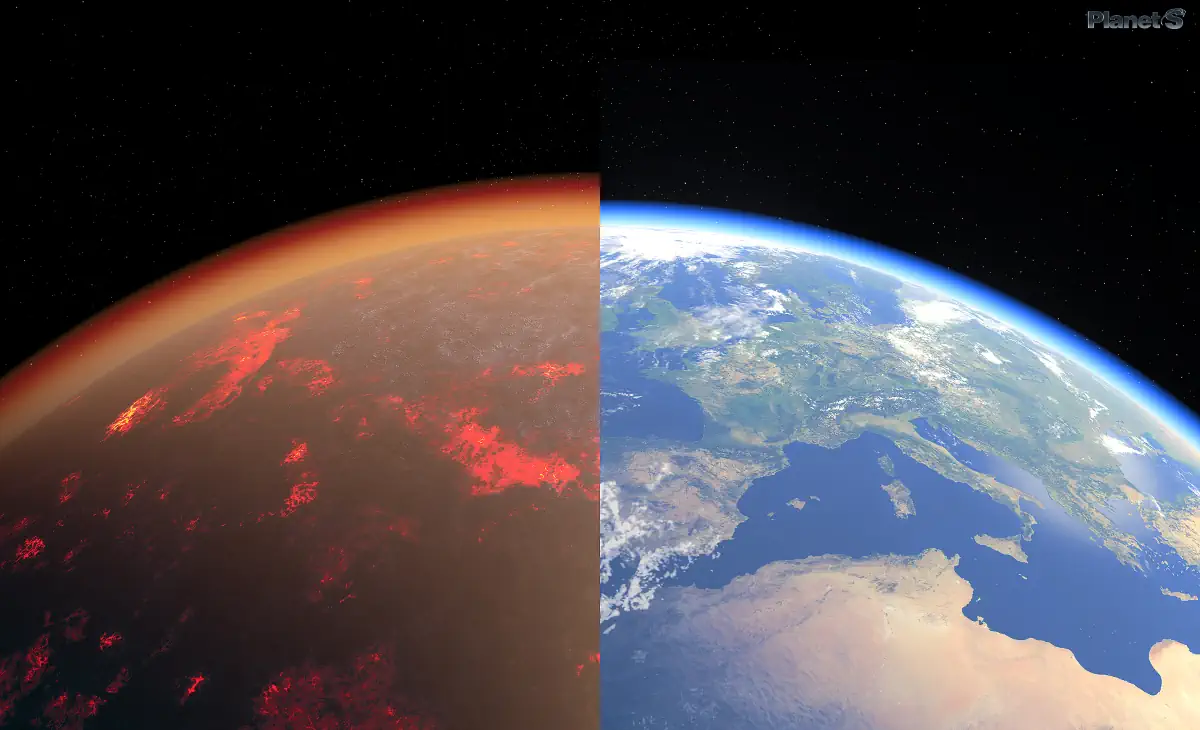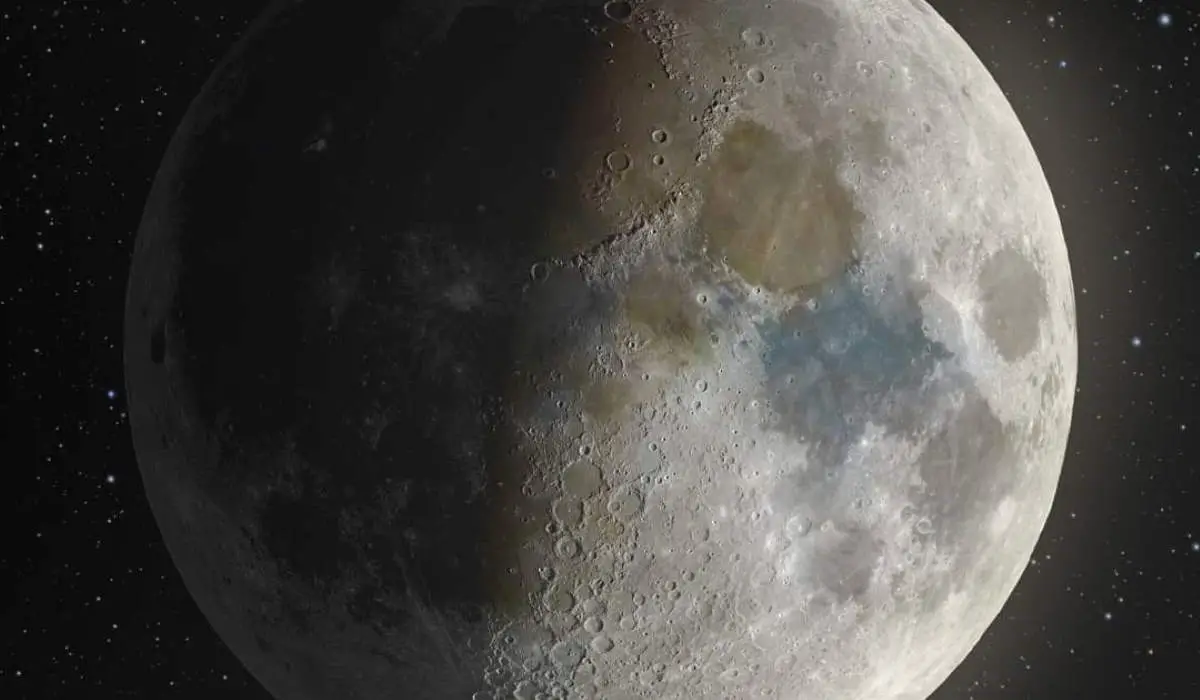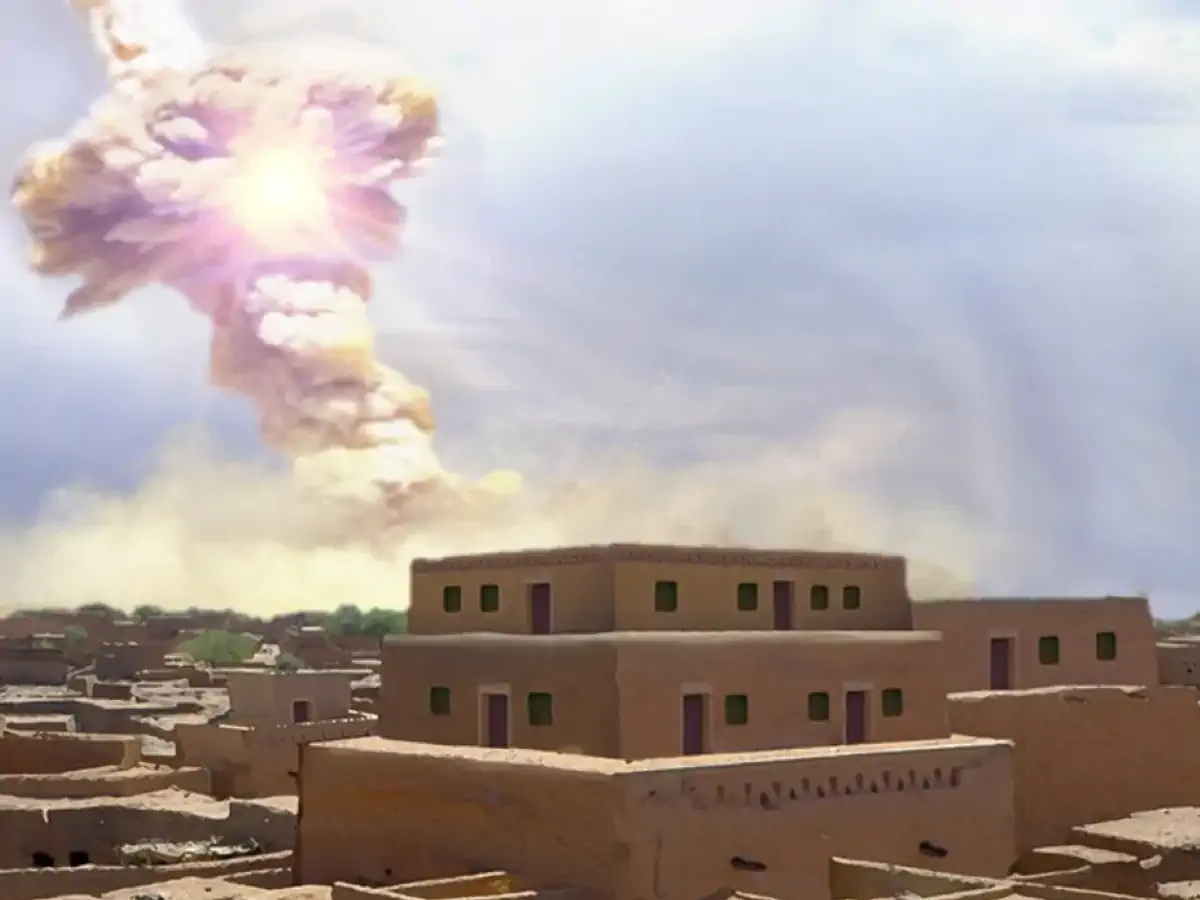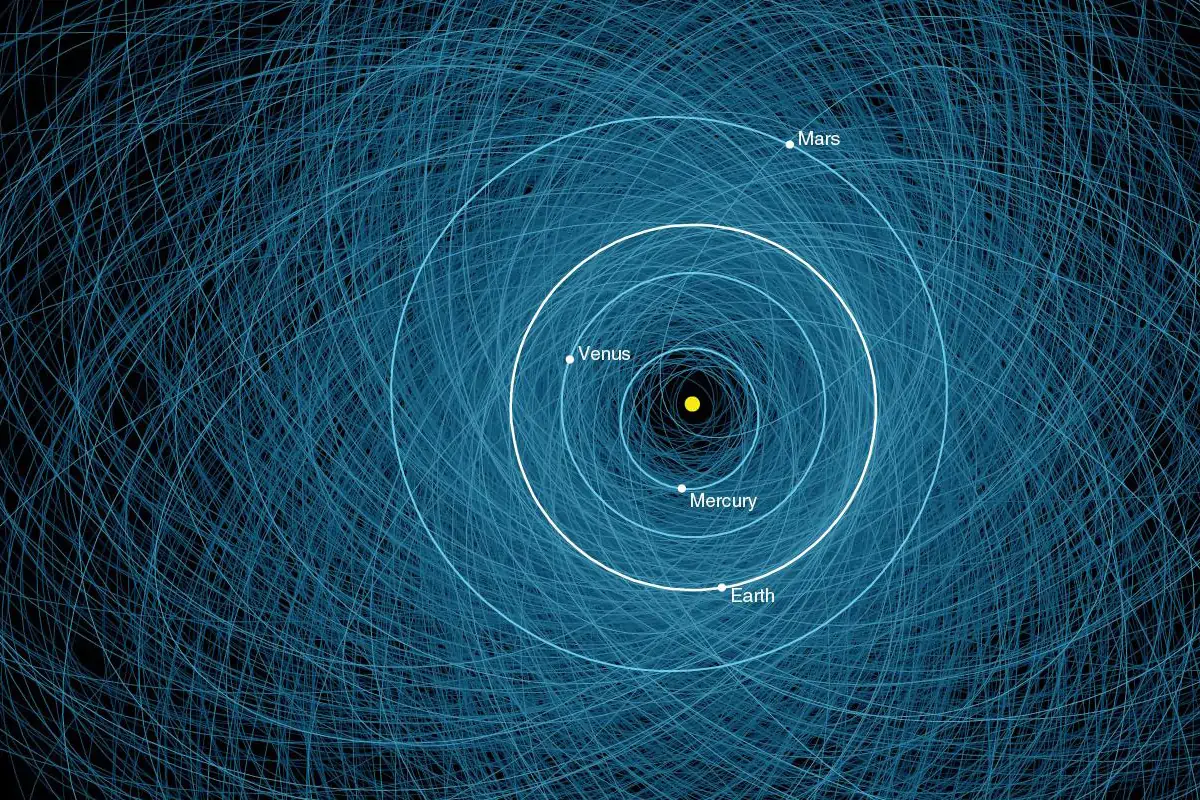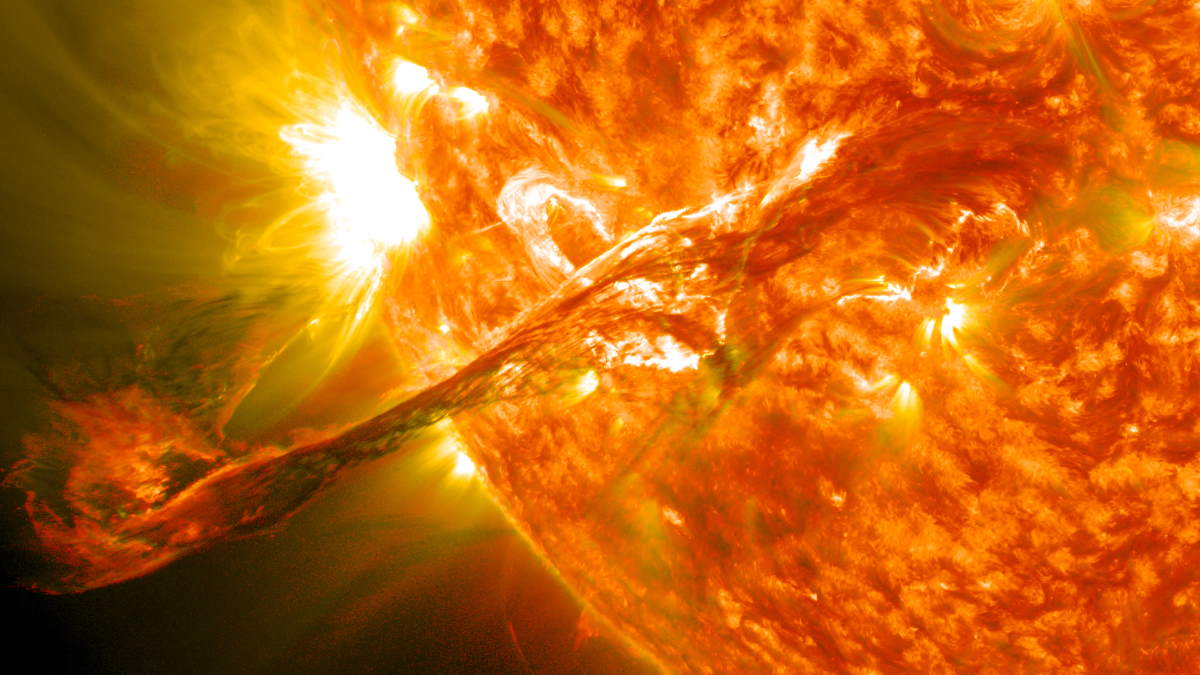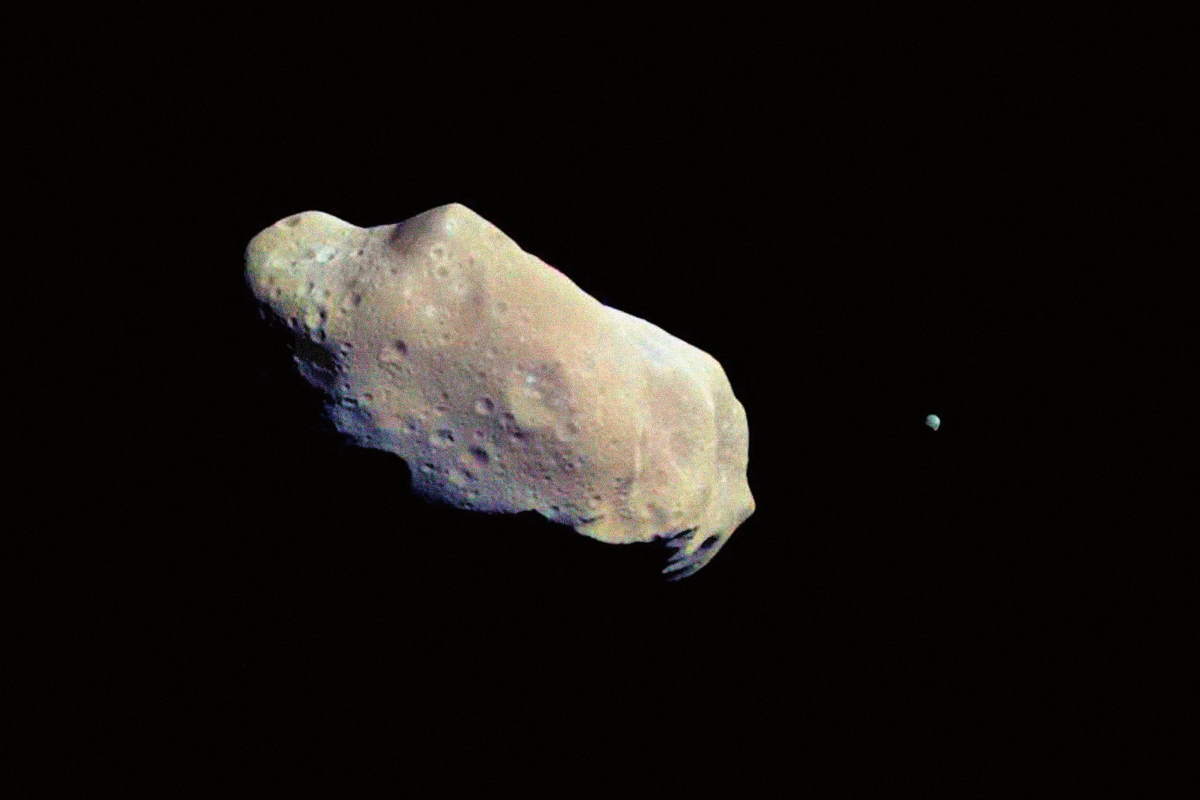Before the invention of the telescope, no one on Earth knew that Saturn had rings until the 1600s. Galileo Galilei discovered them with his telescope in 1610, but he did not know what these were either. Thus they remained a mystery until 1655 when the Dutch astronomer Christiaan Huygens (see notes 1) figured out that they were actually planetary rings.
